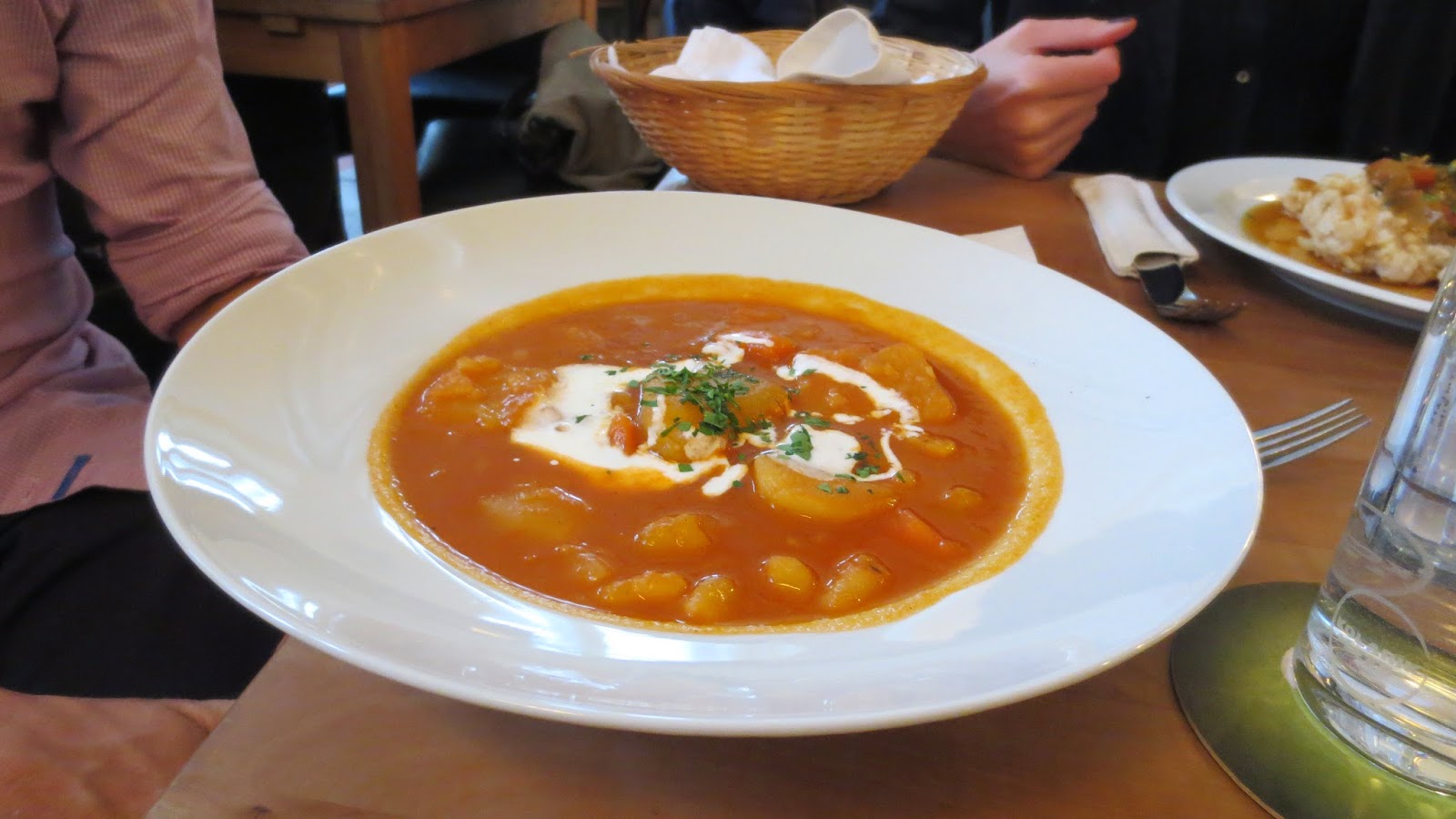




I am invited to Vienna to participate in a workshop on Actors -
Discourses - Practices: Historical and Contemporary Perspectives on
Governing Trafficking in Women. 110 Years of Experience. Participants
came from different parts of the world though I was the only one from
South Asia. There were papers from Warsaw, Australia, Austria,
Netherlands, Italy, Germany, Russia, Pennsylvania, USA, Thailand . This
was a mix of Academicians , NGO, Policy makers, Government Officials,
Police makers, activists and research students. This was a wonderful
experience and I learnt a lot from others and many of the confusions in
my mind with regards to trafficking conventions became clear. We could
understand the enormity of the issue though prostitution is legalized in
Netherlands and Germany and I could understand the advantage and
pitfalls of this. Austria has an ambivalent attitude to Prostitution and
it does not criminalize it but accepts it but there are a large number
of illegal persons from Eastern Europe who are now in the trade.
I was invited to give the key note and the organisers had asked me if
they can make my talk public. I agreed and hence mine was the only talk
that was open to public.My talk was from 5,30 to 7 and followed by a
dinner. During tea break a lady came up to me and said that she will be
introducing me to the public. I just nodded and though she must be one
of the organisers and after introducing me this lady sat down in the
public to listen to me. After my talk was over she came once again and
acted as a moderator when people asked questions on trafficking in south
Asia. It was only later that I discovered that this lady was a minister
in the Austrian Government and currently Dr. Helga Konrad, has been
appointed OSCE Special Representative on Trafficking in Human Beings by
the Chairman-in-Office, Bulgarian Foreign Minister Solomon Passy and is a
leading politician in the European Union dealing with issues of
trafficking. I had similar experiences in Netherland, where the minister
for Gender came on a cycle all alone and left the same way after giving
her talk and in Brazil where the minister had dinner with me in the
hotel and as we were having dinner she ordered for a taxi to take her to
the airport for she had an important cabinet meeting in Brussels the
next day.
All these experiences made me really think as to how
we developed the tradition of key note addresses with a lot of fanfare
in our country. Though we have reduced this considerably in Hyderabad
in many places and regional Universities where I am invited we have
speeches after speeches by every one sitting on the dias, garlanding,
lighting of lamps, shawl being given, bouquets’ being given along with
gifts and thee key note address just gets lost down the line. I am
wondering as to how did this tradition start ? I am sure we cannot blame
the Colonial government for this is not done in UK today. Is this a
relic of the Princely states in India? Imagine a minister coming to an
Indian Conference to introduce some one and listening to others. Our
ministers only come to talk and give speeches whether the subject is
theirs or not and here was a person who had done so much work , was an
important figure politically and just sat and listened to me. I got a
lot of pleasure just imagining the fact that a Mayawati, a Mamta
Banerjee , a Jaylalita, a Sushma Swaraj or a Renuka Chowdhry come and
attend a Conference to listen to some expert and go away quietly. Will
we see this day? After my talk there was dinner and I learnt another
thing where they stated to many participants you are most welcome but
please understand this is not an invitation. Our Conferences are almost
like our weddings with a lot of eating, cultural activities put
together. I am organizing the Women’s World Congress from 17th to 22nd
August and imagine telling you are welcome but not invited. Every
country has a different culture and a way of doing things even official
and it becomes very difficult to change this. I have realized this down
the line.
.jpg)
.jpg)
.jpg)
.jpg)
.jpg)
.jpg)












































